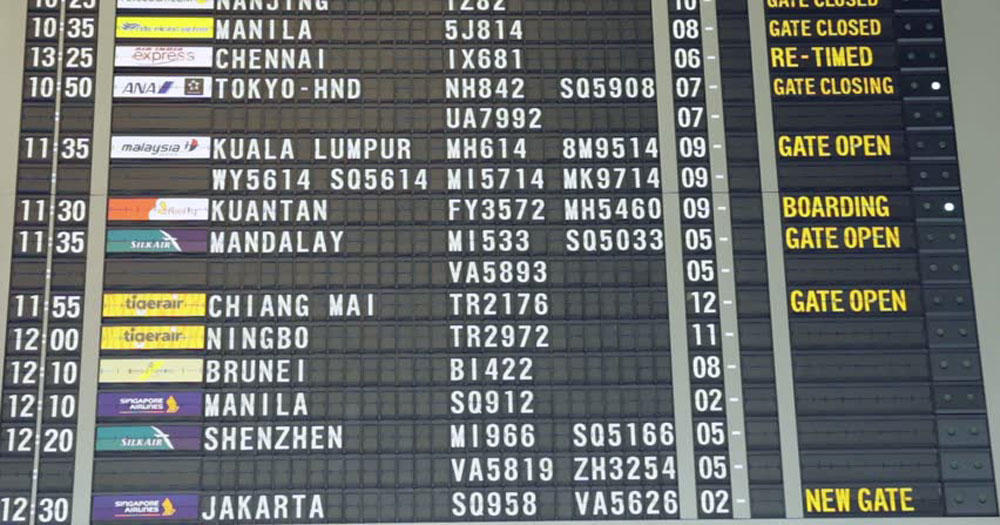As communication becomes a pivotal aspect of our lives, the aviation sector has surely developed its own world—a world flooded with sophisticated terms, acronyms, and special lexicons that can be quite bewildering to even regular travelers. Among these new phrases, a rather new entrant is the “Zopalno Number Flight.” But what does it mean? As air travel becomes more complicated and ever-shifting, understanding this unusual phrase goes beyond the pilot and air traffic controller; it’s now critical for anyone wanting to travel safely. Get ready as we embark on a mission to uncover this term and witness how aviation rhetoric transforms our flying experiences today!
A Brief Overview of Aviation Jargon History
Aviation encompasses a unique realm of exhilarating experiences paired with advanced machinery. Parallel to this, a less obvious yet highly fascinating component exists; the jargon. If you frequently find yourself derailed in a conversation with an air traffic controller or pilot, don’t be so hard on yourself. One of the many intriguing terms within this lingo is the Zopalno Number Flight. To most accustomed with the aviation world, this phrase may be surprising, but it is starting to gain recognition from enthusiasts and professionals.
With air travel gaining popularity, new words and phrases are also emerging. Knowing these words and definitions can make it possible to appreciate the world of flying and aviation in general, and improve communication within this fast-paced industry. Understanding flight operations enables us to grasp the intricacies involved in modern aviation technology. Blending both aviation and modern technology opens up new horizons and improves both travel ease and passenger experience. Let’s find out what makes a Zopalno Number Flight, how it came into being, and why such an understanding matters for the curious traveler. Get prepared for an incredible tour through the world of aviation language.
What is The Zopalno Number Flight?
An increasingly popular term among aviation professionals and enthusiasts is The Zopalno Number Flight. This term refers to a particular number associated with flight operations. This number assists in judging several other parameters that are linked to the performance of the aircraft.
This is a particular number which serves as a standard for airline operators to make important decisions during the flight in question. By calculating this number, airline pilots can determine an optimal flight path and give precise fuel requirements or identify safety concerns before commencing the flight.
It is especially interesting to note how Zopalno Number is determined. It involves a number of constituents such as the air craft’s weight, altitude, and environmental conditions. These factors have to be integrated accurately in order to yield meaningful and accurate results.
Gaining knowledge of this term sheds light on the complex systems of modern aviation. The more someone learns about the intricacies surrounding a Zopalno Number Flight, the easier it becomes to understand how modern aviation functions in demanding situations.
The History and Origin of the Term
“Zopalno Number Flight” is an example of the intersection of technical development and aviation history. It surfaced during the 20th century when pilots started looking for efficient ways to relay extensive information regarding flights in a simplified manner.
Starting with the Zopalno numbers, the attempts by aviation experts facilitated control amid air traffic congestion. It provided a way to facilitate communication between crew members and ground control.
Some people think that it comes from old military slang because the use of ciphers was vital for operational security. Some others assume it stems from mathematical algorithms crafted for planning flights.
Such phrases have emerged with the growing use of technology in commercial aviation. Today, having knowledge about the Zopalno number, among other concepts, is crucial for anyone interested in pursuing a career or just a hobby in flying or studying aeronautics.
How is the Zopalno Number Calculated?
The process of calculating equates to a blend of creativity and logic. To arrive at a Zopalno Number, one needs to understand a fair bit of the aviation metric. The latter includes the weight, speed, and altitude of the aircraft.
First, it is essential to estimate the aircraft’s maximum takeoff weight (MTOW). The performance capabilities of the aircraft changes depending on whether the aircraft is heavier or lighter.
Moving on to the flight speed. The Zopalno Number accounts for the minimum ascent speed and cruise speed of an aircraft.
Air pressure and density changes with altitude, meaning there is more to consider with higher altitudes which require specific changes.
Lastly, each aircraft model has its own unique complex formula that encompasses all the elements aforementioned. These calculations are the reason why performance can be evaluated efficiently during flight by engineers and pilots.
Importance and Significance in Aviation
The Zopalno Number Flight is important to the aviation sector. It is critical in providing real-time data required for decision-making by air traffic controllers and pilots while in-flight.
Aircraft safety standards are improved by this metric to ensure the aircraft operates within the required safety margins. The Zopalno number is vital for fuel efficiency calculations and in weight distribution.
A set Zopalno value mandates specific constraints causing it to be used during flight scheduling as well. This measurement is essential for schedule and route determination which enables unpredicted savings for the airlines. A set standards in performance parameters helps maintain operational control.
Further, the Zopalna flight surveillance system is relevant to private pilots because it assists with maintaining compliance during the flight. Its importance does not only rest with commercial airline pilots.
As an example, embracing this vocabulary enables inter and intra professional communication amongst aviators. The growth of complexity within a field increases with the growth of precise language that help simplify tasks or enhance efficiency in communication across many systems in the field.
Common Misconceived Beliefs Associated With Zopalno Number Flights
It also has been adopted that people understand the Zopalno Number Flight as advanced maths that is proprietary or reserved for scholars of aviation and aerospace. This is not true, as it is much simpler.
It is also erroneously believed that this is only relevant to commercial airline business. And, though it is in fact applicable in that area, so too do private and cargo flights make use of the Zopalno number for their own operational planning endeavors.
These numbers are regarded as fixed by some, yet a number of factors such as the type of aircraft being flown in and flight conditions may cause it to shift. This allows pilots to adjust.
Many people make the error of assuming the Zopalno number refers to the altitude of a zone or to some particular section fuel that is calculated, which is inaccurate. It serves a one of a kind role in flight planning that differs greatly from other measurements within aviation.
Addressing the Zopalno number and these misunderstandings makes it easier to explain aviation jargon and incentivizes participation in concepts related to air travel.
Other Cryptic Terms Used in Aviation
Like every other field or profession, aviation has its share of unique terms that seem to require a bit more knowledge just to understand. Apart from ZonalFlight Numbers, there are many other fascinating phrases associated with aviation.
Consider “FOD” for example. It stands for Foreign Object Damage which refers to anything on an airfield that is deemed hazardous to an aircraft. There are always threats during pre-flight checks.
Then there is “V1”. This is one of those critical speeds that a pilot has to either continue to take off or abort. This number can prove helpful during emergencies.
An equally interesting phrase is “Squawk”. This is a widely used term to refer to setting an aircraft’s transponder code. Although pilots use it daily and liberally, the radar technology from which the word was borrowed makes squawk sound like a covert term in the realm of aviation.
And of course “Go-Around.” This term seems quite simple, but tells a complex story. It means to decide not to land, because of weather or obstructions on the runway, amongst other things. Every term is deeply embedded within the culture of aviation.
Tips for Understanding and Decoding Aviation Jargon
To make sense of the world of aviation jargon, the first thing you should do is look for some listed phrases alongside definitions. The ideal tool is an online glossary.
Interact with pilots and aviation buffs on social media and online forums. Their explanation can make untangling complex phrases into simple, everyday language.
Maybe you could take an introductory course for stating the obvious. Community colleges offer aviation classes for novices.
Aviation podcasts are a great form of absorbing the aviation lingo while doing something else. This is ideal for those with busy schedules.
Try using newly learned terms while talking about flights with your friends or family. This will help reinforce learned concepts and build confidence.
Feel free to ask questions whenever you encounter some unfamiliar jargon on flights or at airshows. Most people would gladly share their knowledge, making it a fun learning experience.
Conclusion
The advancement of aviation comes with the evolution of language used in the industry. Zopalno Number Flight is just one of the many aviation flights that come with complex terms. Understanding the flights enhances communication and appreciation for the invention in aviation.
For enthusiasts, professionals or anyone interested in aviation, adaptation to this lingo makes interrelations easier and brings about new insights to fellow aviators. Getting familiarized with words like Zopalno Number would allow someone to gain more confidence in stylishly navigating conversations.
Just like the skies are full of wonders, wonder is plentiful when it comes to the skies’ languages too. While we uncover the remaining captivating ideas, let us appreciate the terms that help unveil flight.



